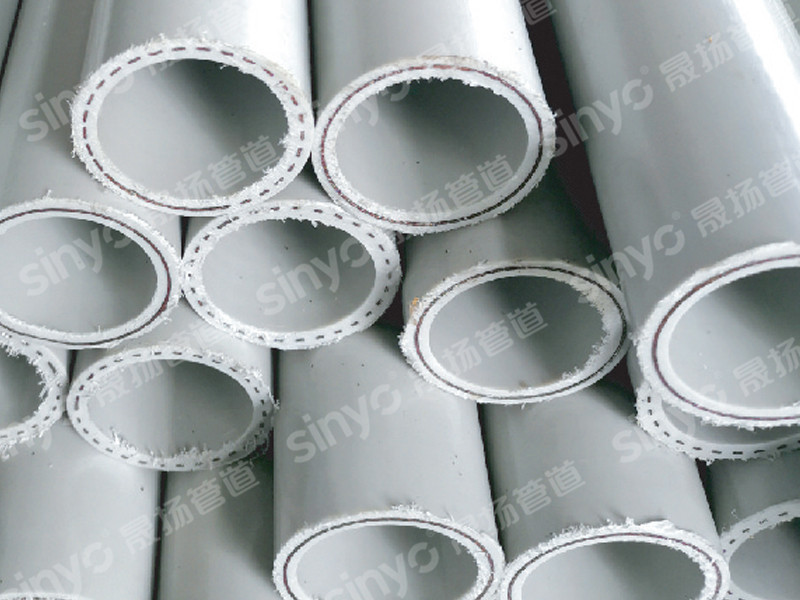Development prospects of large-diameter (large-caliber) pressure pipes
The application of plastic pipes, both domestically and internationally, started with smaller diameters and gradually developed towards larger diameters. (There is no defined definition for large diameter; in this article, large diameter refers to diameters of 800mm and above.) It is worth noting that in recent years, there has been a major international trend towards the development of large-diameter plastic pipes, driven by environmental protection. As is well known, the world is currently facing a battle against climate change, and all countries must bear the responsibility of reducing carbon emissions. In the pipeline industry, there is undoubtedly a need to pay more attention to environmental impact.
May 11,2024
The application of plastic pipes, both domestically and internationally, began with smaller diameters and gradually progressed to larger diameters. (There is no defined specification for large diameters; in this article, large diameters refer to diameters of 800mm and above.) It is noteworthy that in recent years, there has been a significant global trend towards the development of large-diameter plastic pipes, driven primarily by environmental protection concerns. As is well known, the world is currently facing a battle against climate change, and all countries bear the responsibility of reducing carbon emissions. The pipeline industry is inevitably required to pay more attention to environmental impact issues.
Previously, the selection of pipe materials generally focused on functionality and economy. The promotion of plastic pipes was usually justified by their hygiene, corrosion resistance, leak prevention, ease of manufacturing and installation, etc. These advantages of plastic pipes are more prominent in the small and medium diameter range, and their economic viability is also better, leading to their widespread use. However, the use of plastic pipes in large diameters is often hindered by their economic competitiveness compared to traditional pipes. In recent years, with the increasing focus on environmental benefits, the energy consumption (and corresponding carbon emissions) and other environmental impacts during the manufacturing, transportation, installation, and operation of pipelines have become important selection criteria. Research has shown that plastic pipes are 'environmentally friendly' green building materials, and compared to traditional pipes, they can significantly reduce carbon emissions, or, in line with the domestic approach, comply with the 'energy conservation and emission reduction' policy.
Related News
Kongwang steel strip polyethylene composite pipe
Kongwang perforated steel belt polyethylene composite pipe is a composite pipe material with a perforated steel pipe welded from cold-rolled steel strip as the reinforcing skeleton and composite thermoplastic plastic. Due to the introduction of the reinforcing skeleton, the pressure resistance of the pipe is significantly improved. Different types and grades of thermoplastic plastics can be used to produce composite pipe materials for different purposes. The perforated steel belt plastic pipes produced by the company are divided into several uses according to their uses: water supply, underground gas, hot water, chemical, and special uses.
Development prospects of large-diameter (large-caliber) pressure pipes
The application of plastic pipes, both domestically and internationally, started with smaller diameters and gradually developed towards larger diameters. (There is no defined definition for large diameter; in this article, large diameter refers to diameters of 800mm and above.) It is worth noting that in recent years, there has been a major international trend towards the development of large-diameter plastic pipes, driven by environmental protection. As is well known, the world is currently facing a battle against climate change, and all countries must bear the responsibility of reducing carbon emissions. In the pipeline industry, there is undoubtedly a need to pay more attention to environmental impact.



